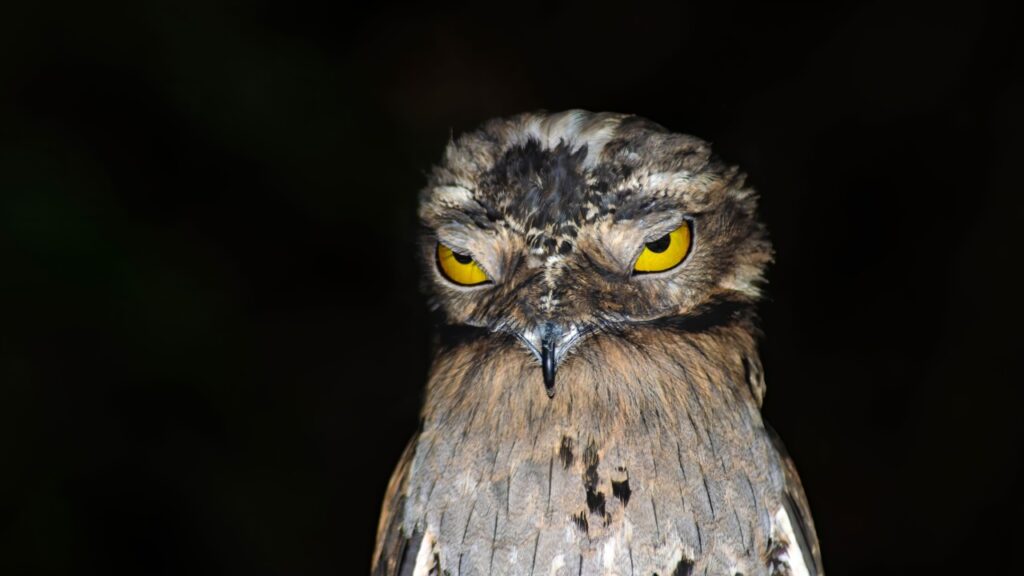Nature never fails to surprise us with its incredible diversity and complexity. From the depths of the oceans to the highest mountain peaks, animals have evolved fascinating ways to survive and thrive. While scientists have unraveled many mysteries of animal behaviour, some still leave us scratching our heads in wonder. These strange animal behaviours continue to baffle researchers and nature enthusiasts alike. Let’s dive into 14 of the most puzzling animal behaviours that science has yet to fully explain. Get ready to be amazed by the weird and wonderful world of animal antics!
Orcas Sinking Boats
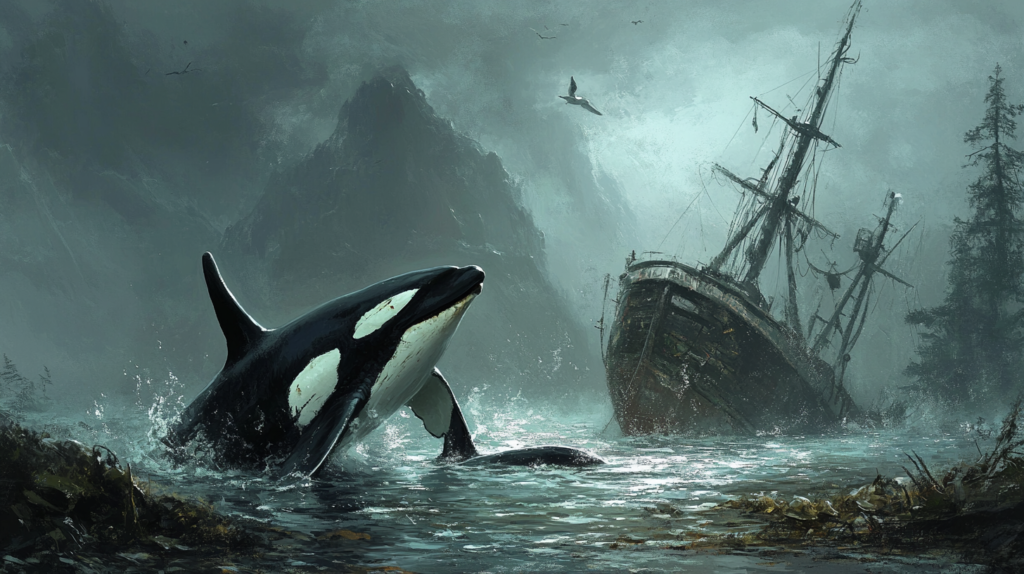
In recent years, a bizarre phenomenon has emerged off the coasts of Spain and Portugal. Orcas, also known as killer whales, have been sinking boats in what appears to be an organized effort. These intelligent marine mammals have been observed ramming into vessels, causing significant damage and even sinking some smaller boats. Scientists are puzzled by this behaviour, as it seems to be a learned and deliberate action rather than accidental encounters. Theories range from playful curiosity to a form of retaliation against human activity in their habitat. Whatever the reason, this unusual behavior has left researchers and sailors alike baffled and concerned.
Chimpanzees Obsessing Over Peer Approval
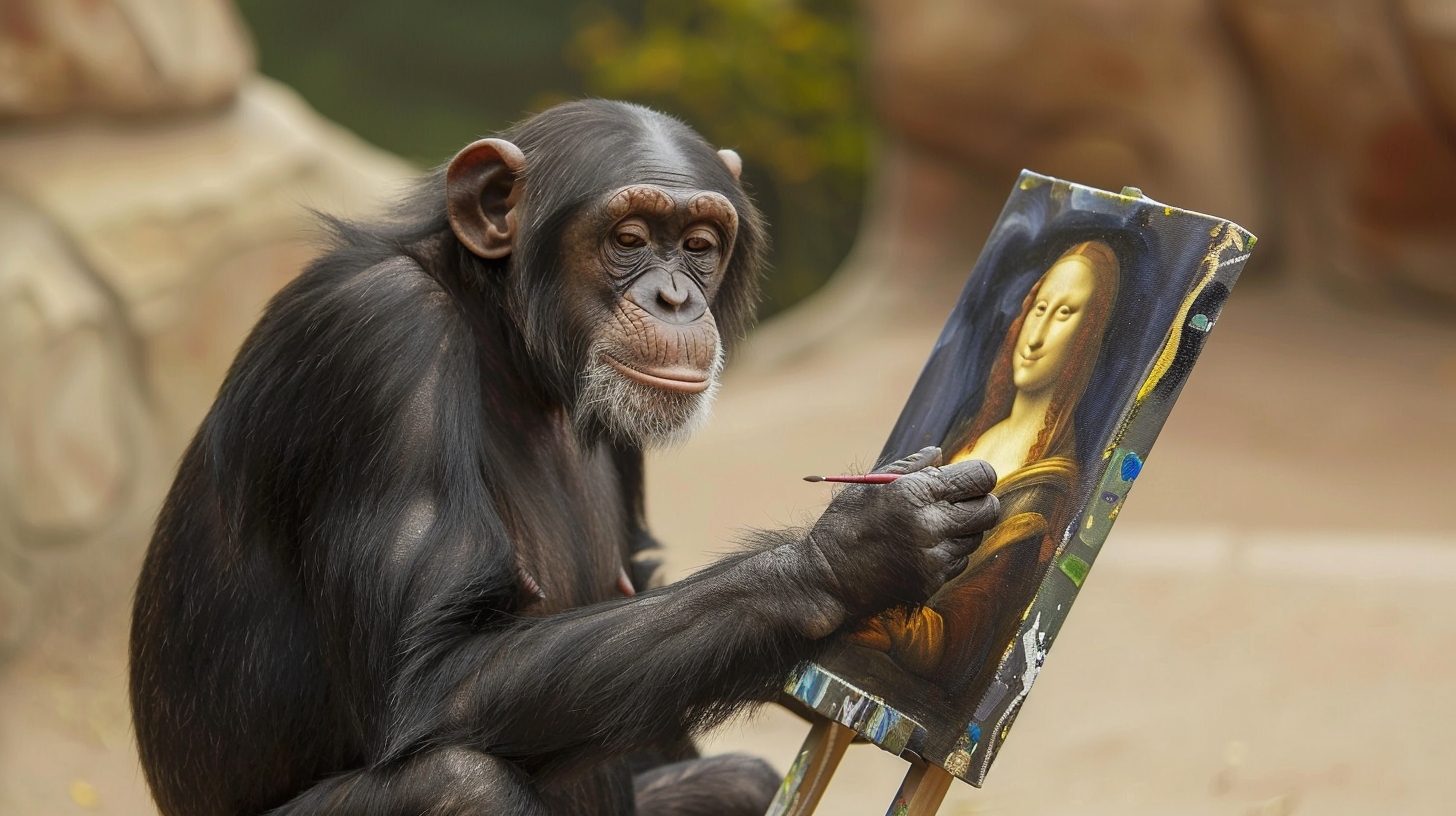
Our closest relatives in the animal kingdom, chimpanzees, exhibit some surprisingly human-like behaviors. One of the most intriguing is their apparent obsession with peer approval, much like humans. Chimps have been observed going to great lengths to fit in with their social groups, sometimes even adopting behaviors that seem counterintuitive or harmful. This desire for acceptance can lead to complex social dynamics within chimpanzee communities. While we understand the basics of chimp social structures, the depths of their need for peer approval and its evolutionary purpose remain a mystery to scientists.
Dogs Drowning Kangaroos
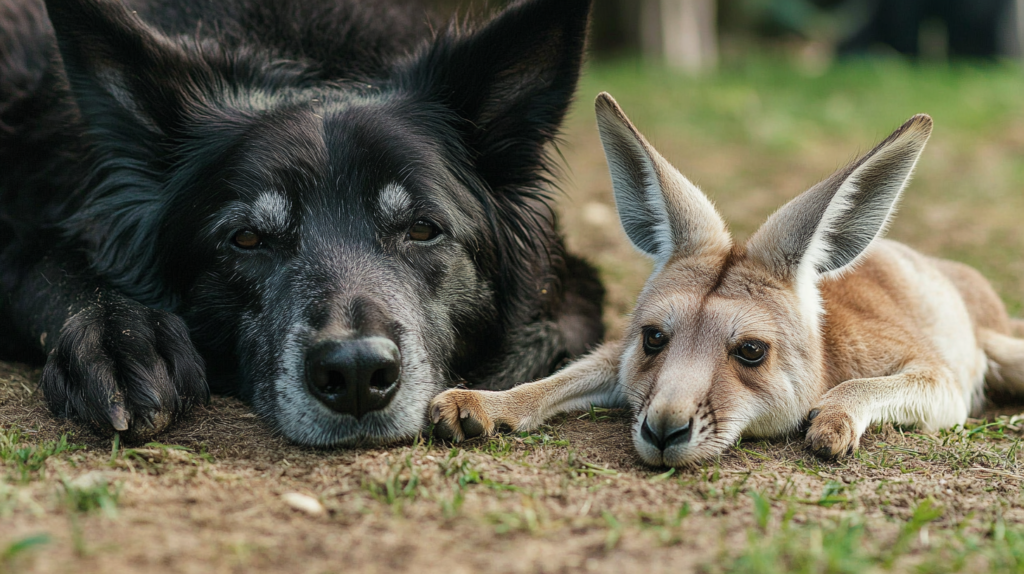
In a strange twist of interspecies conflict, there have been reports of dogs drowning kangaroos in Australia. This behaviour is particularly puzzling because it doesn’t seem to serve any clear purpose for the dogs. Kangaroos are not typically prey for domestic dogs, and the act of drowning them appears to be more of a deliberate attack than hunting for food. Researchers are still trying to understand the motivation behind this behaviour and whether it’s a localized phenomenon or a more widespread issue. The implications for both species and ecosystem management are significant, making this a pressing area of study for wildlife experts.
Eels Sliming Themselves
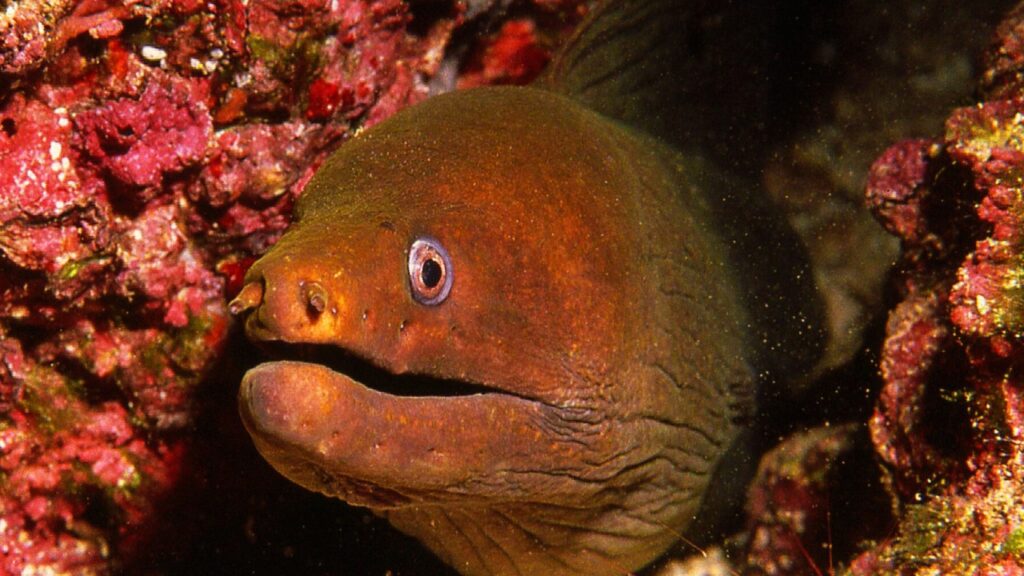
Some species of eels have a peculiar defense mechanism that involves covering themselves in slime. When threatened, these eels secrete a thick, mucus-like substance that quickly expands in water, enveloping their bodies. This slime serves multiple purposes, including making the eel difficult to grab and potentially clogging the gills of predators. However, the exact composition of this slime and how eels produce it in such large quantities remain subjects of ongoing research. Scientists are particularly interested in the potential applications of this natural substance in fields like medicine and materials science.
Birds Mimicking Trees
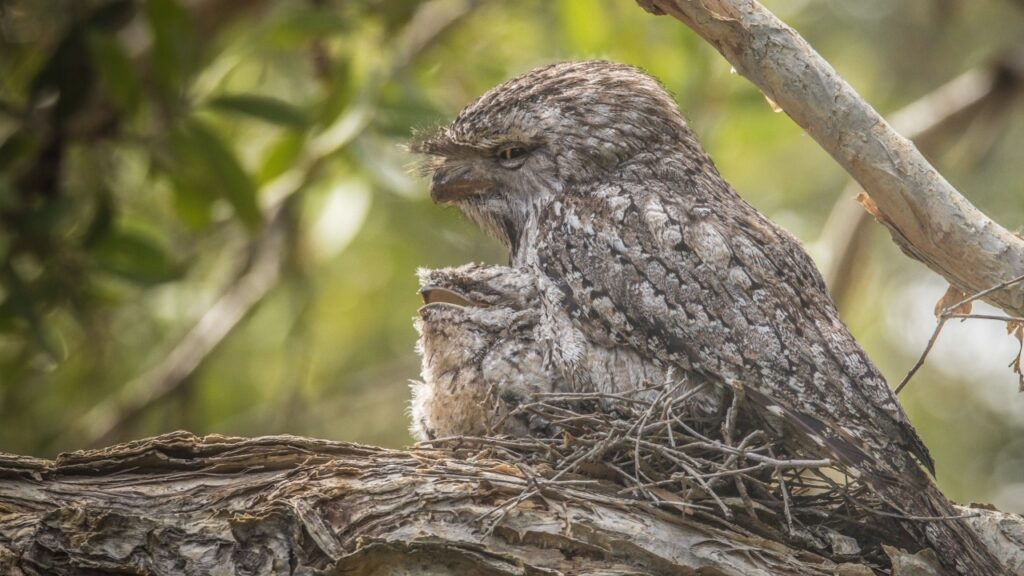
In the world of avian camouflage, some birds take mimicry to an extreme level. Certain species, like the potoo and frogmouth, have evolved to look remarkably like tree branches or bark. These birds will sit motionless for hours, blending in so perfectly with their surroundings that they become nearly invisible to both predators and prey. While camouflage is a well-understood survival strategy, the extent to which these birds have adapted their appearance and behavior to mimic trees is extraordinary. Researchers are still studying how this level of mimicry evolved and whether it serves additional purposes beyond simple camouflage.
Fish With Human-Like Teeth
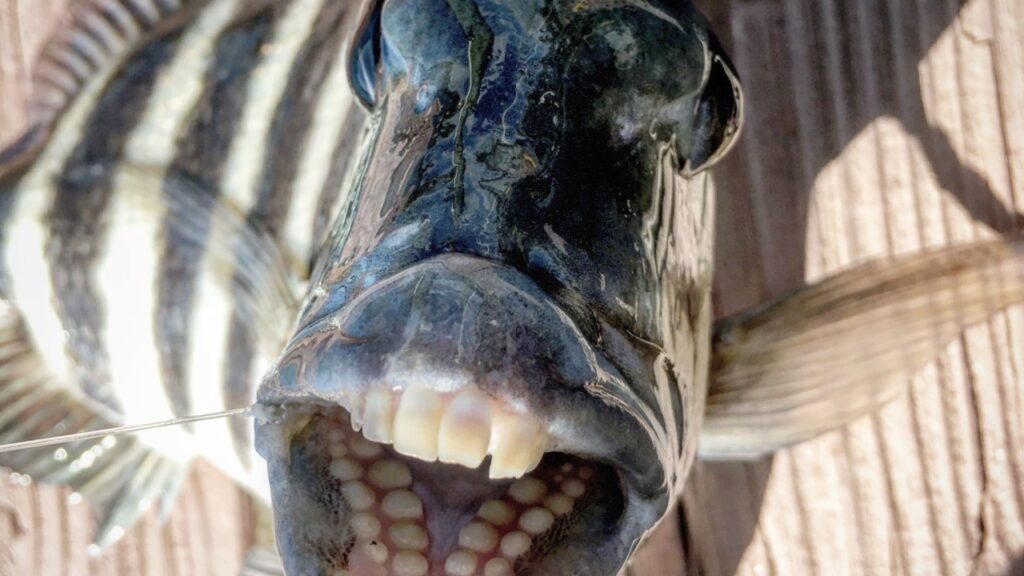
Some fish species have developed teeth that look surprisingly human-like, complete with what appear to be molars and incisors. The sheepshead fish, for example, has multiple rows of teeth that bear an uncanny resemblance to human dentition. This unusual feature allows these fish to crush and grind hard-shelled prey like crabs and oysters. While the function of these teeth is understood, the evolutionary path that led to such a human-like dental structure in fish remains a subject of fascination for marine biologists and evolutionary scientists alike.
Honeybees Performing Death Rituals

Honeybees are known for their complex social structures and behaviors, but one of their practices still puzzles researchers. When a bee dies inside the hive, worker bees will carry out what appears to be a funeral ritual. They remove the dead bee from the hive and fly it a distance away before dropping it. This behavior helps maintain hive hygiene, but the level of care and apparent reverence with which bees treat their dead goes beyond simple housekeeping. Scientists are still trying to understand the full significance of this behavior and whether it indicates a more complex emotional or cognitive capacity in bees than previously thought.
Crows Holding Grudges
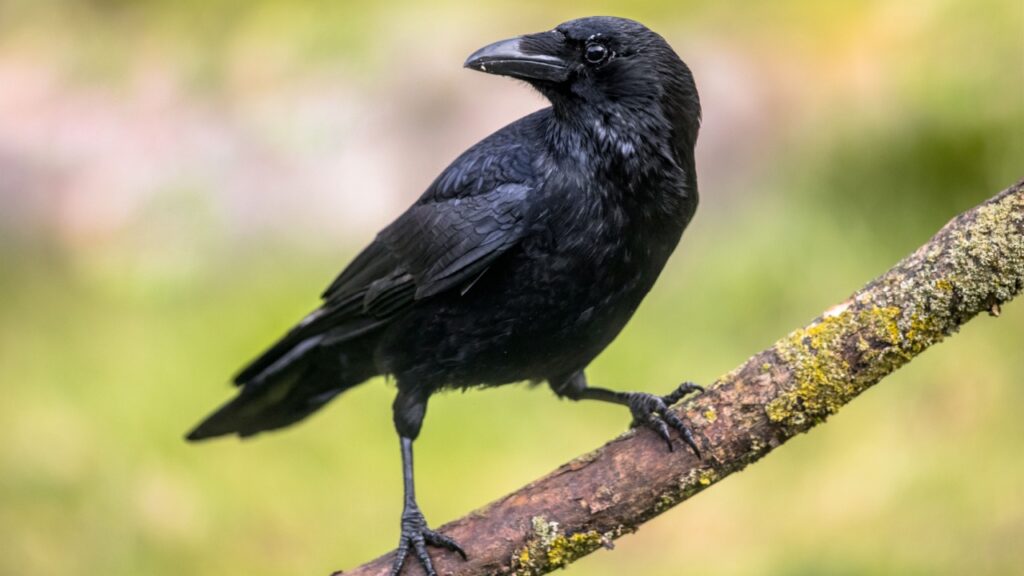
Crows are renowned for their intelligence, but their ability to hold grudges takes this to another level. These birds have been observed remembering human faces for years, especially those of people who have wronged them. They can even pass this information on to other crows, leading to entire crow communities avoiding or harassing specific individuals. While the cognitive abilities of crows are well-documented, the extent of their memory and the mechanisms behind this grudge-holding behavior are still not fully understood. This phenomenon raises intriguing questions about avian intelligence and social learning.
Octopuses Punching Fish
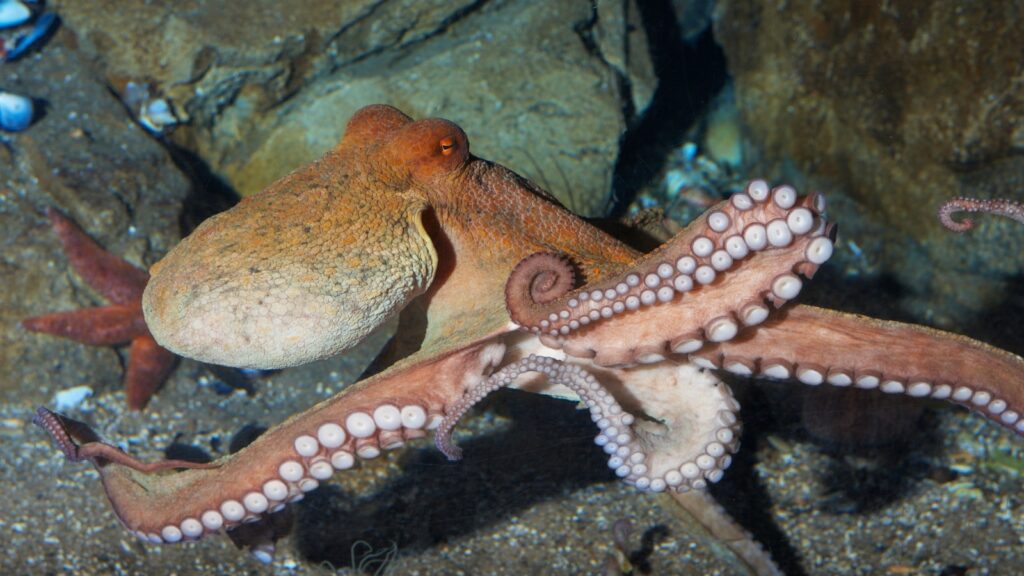
In a behavior that seems almost comical, octopuses have been observed punching fish during collaborative hunting expeditions. While octopuses and fish often hunt together for mutual benefit, sometimes an octopus will suddenly lash out and punch its fish partner. This behavior doesn’t appear to serve any clear purpose and often disrupts the hunt. Scientists are still debating whether this is a form of punishment, a way to manipulate the fish’s behavior, or simply an expression of octopus frustration. The complexity of octopus cognition makes this behavior particularly intriguing to marine biologists and animal behaviorists.
Lemurs Getting High on Millipedes
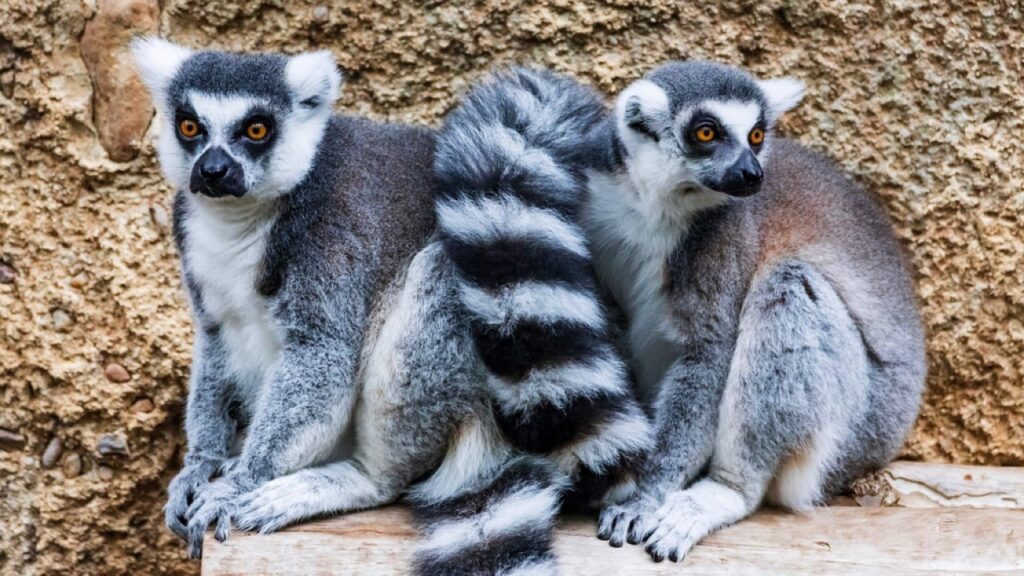
In the forests of Madagascar, lemurs engage in a peculiar behavior that looks a lot like recreational drug use. These primates have been observed picking up millipedes, chewing on them, and then rubbing the millipede’s secretions all over their bodies. The secretions contain chemicals that act as a natural insecticide and repellent. However, the lemurs also appear to enter a state of intoxication during this process, drooling and becoming less coordinated. Scientists are still trying to understand if this behavior is purely medicinal or if the lemurs are intentionally seeking out the intoxicating effects.
Flamingos Standing on One Leg

The iconic image of a flamingo standing on one leg is familiar to most of us, but the reason behind this behavior remains a mystery. While theories abound, including conserving body heat and reducing muscle fatigue, none fully explain why flamingos spend so much time in this seemingly awkward position. Recent studies have shown that flamingos actually expend less energy standing on one leg than on two, but the full biomechanical and evolutionary explanation for this behavior is still being debated. This quirky stance continues to be a source of fascination for ornithologists and biomechanics experts alike.
Spiders Ballooning Through the Air
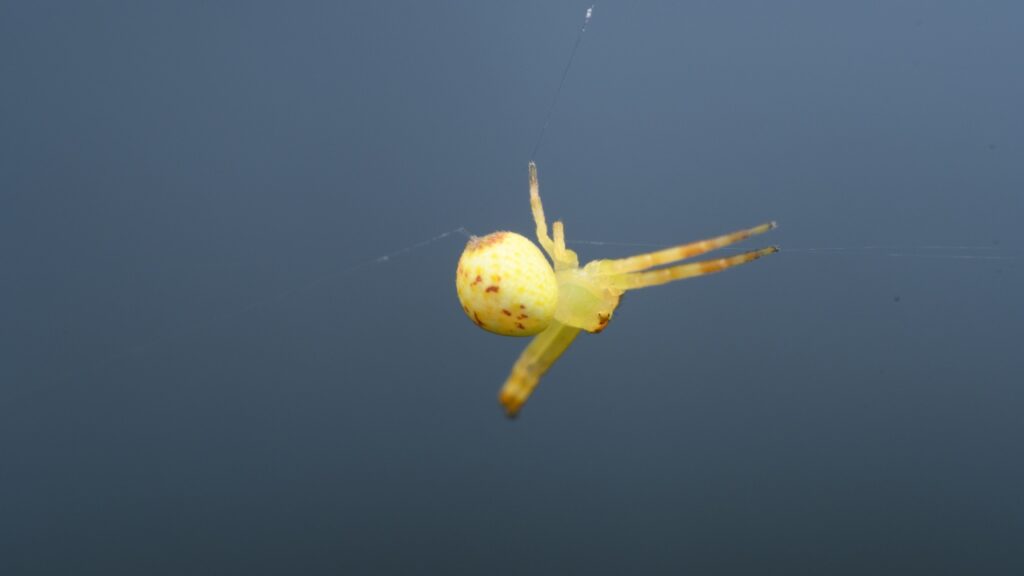
Some species of spiders have a remarkable ability to travel long distances through the air, a behavior known as ballooning. These spiders release strands of silk into the air, which catch the wind and lift the spider off the ground. This can carry them for miles, even to heights of thousands of feet. While the basics of this behavior are understood, scientists are still puzzled by how spiders can sense appropriate weather conditions for ballooning and how they control their flight. The precision and effectiveness of this method of travel continue to amaze researchers studying arachnid behavior.
Hippos Sweating Red
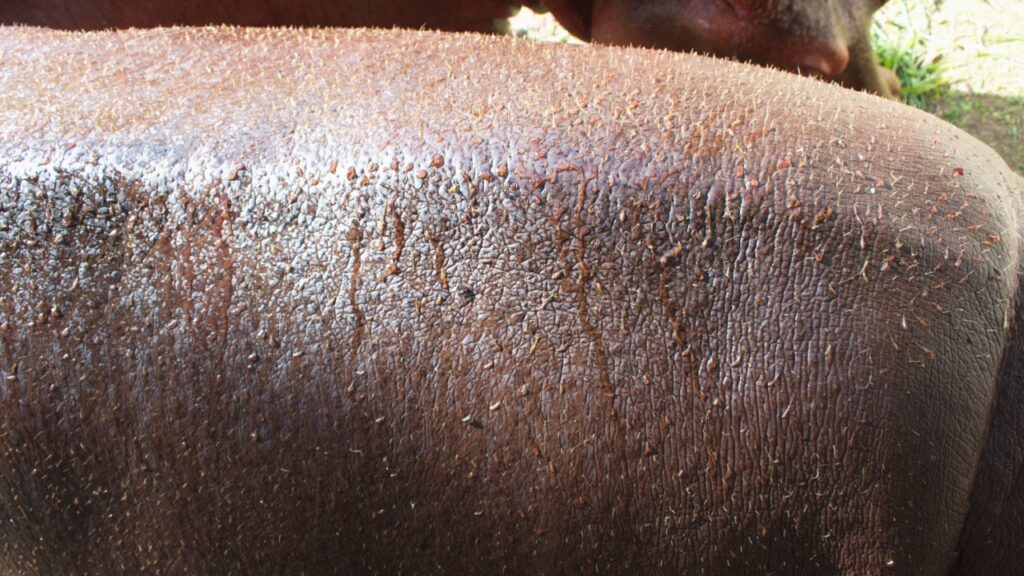
Hippos have a unique biological feature that has long puzzled scientists: they appear to sweat a red substance. This “blood sweat” is actually a combination of hipposudoric acid and norhipposudoric acid, which start off colorless but turn red-orange when exposed to sunlight. These substances act as natural sunscreen and antiseptic, protecting the hippo’s skin. However, the exact mechanism by which hippos produce these compounds and why they evolved this particular method of skin protection is still not fully understood. This bizarre adaptation continues to be a subject of study for biologists and biochemists.
Narwhals’ Mysterious Tusks
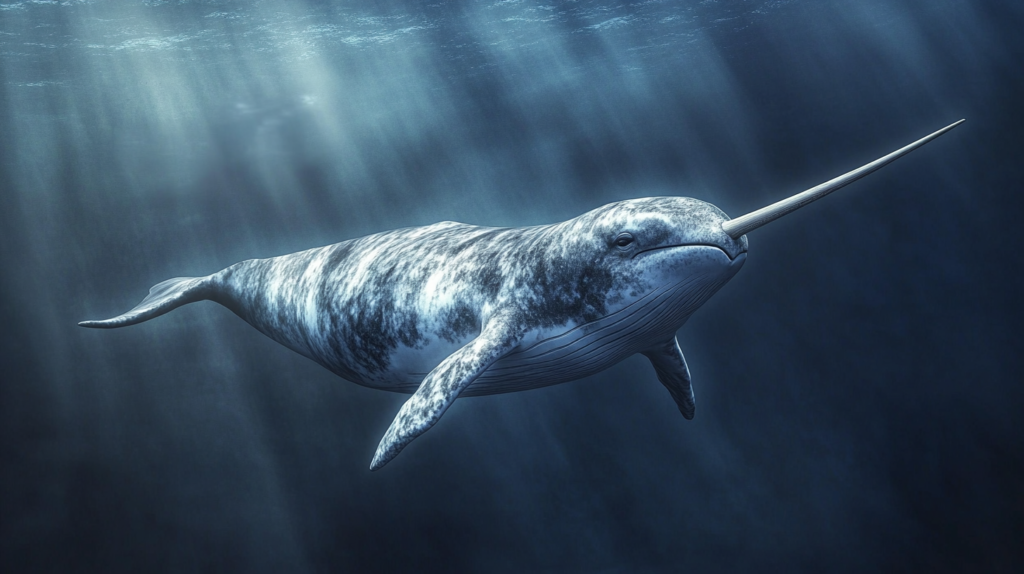
The narwhal, often called the “unicorn of the sea,” is famous for its long, spiral tusk. This tusk is actually an elongated canine tooth that grows through the upper lip. While we know that the tusk is sensitive and can detect changes in water pressure, temperature, and salinity, its exact purpose remains a mystery. Theories range from it being used for hunting, breaking through ice, or as a secondary sexual characteristic for mate selection. The rarity of narwhals and the challenges of studying them in their Arctic habitat have made it difficult for scientists to definitively explain the function of this bizarre feature.
Becky is a fervent wildlife enthusiast and pet care expert with a diploma in canine nutrition. Her love for animals stretches beyond the domestic, embracing the wild tapestry of global fauna. With over a decade of experience in animal welfare, Becky lends her expertise to OutlandishOwl through insightful articles, captivating wildlife information, and invaluable guidance on pet nutrition. Her work embodies a deep commitment to understanding the intricate lives of animals and a passion for educating others on sustaining natural habitats. Becky's hands-on conservation efforts and her knack for translating complex dietary science into practical pet feeding tips make her an indispensable voice for creatures great and small.

